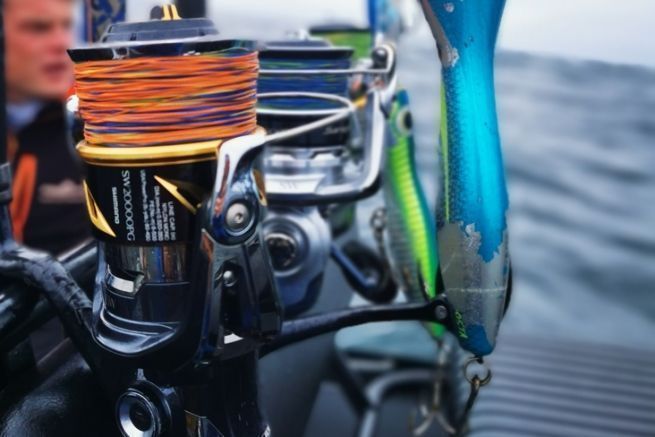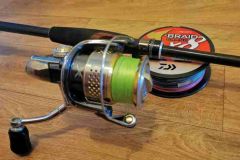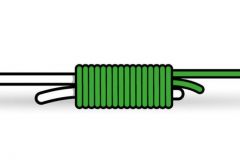A little history
In the past, when nylon reigned supreme, strength was the only consideration. With the advent of braids, we discovered materials that were much thinner and just as strong as good old nylon. This change of direction wasn't easy for everyone. Fishing with 15 hundredths at sea is not easy to accept when you've spent years using 30 hundredths nylon. It took time for mentalities to change. Today, almost all sea lure anglers use braid.
Today's braids allow us to divide the diameters of the old nylons by 2 and provide much greater resistance. Braid also makes it possible to reach long casting distances.
3 core values
To compare braids, we look at their strength or diameter. Unfortunately, suppliers have not standardized these measurements. The Americans will talk to you in lbs, in France it's diameter in millimeters that predominates, and finally in Japan, PE for polyethylene.
Some brands indicate strength and diameter, others only one of these values.

What is PE?
Let's take a closer look at this value, which may not appeal to everyone. PE stands for polyethylene, the material used in braids. It doesn't correspond to a unit of measurement as such, but an equivalence exists with the diameter in millimeters. See below for correspondence.
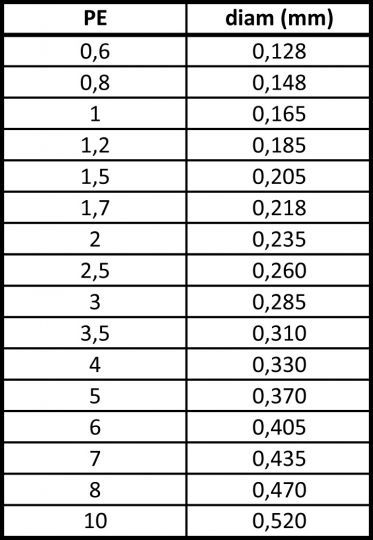
Measurement methods vary
Measuring resistance is relatively simple. All you have to do is take different braid samples, put them under tension and average out the values it breaks.
When it comes to diameter, things aren't so obvious. Braids are not solid materials. Diameter measurements are carried out with a palmer, i.e. a caliper capable of measuring very small values. Depending on the braiding, the diameter can be higher or lower and the measurement falsified without the resistance changing.
How do you get back there?
In other words, it's possible to have 2 braids of identical strength with 2 very different diameters, depending on the braiding. Tight braiding and therefore smaller diameters are often characteristic of top-of-the-range braids. With experience and practice, you'll unfortunately find big differences between the advertised strength and the real thing. It's up to you to find the product that's right for you, combining fine diameter and high strength.
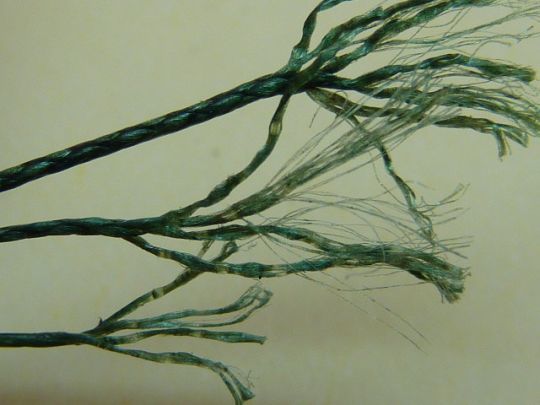
Don't confuse resistance with diameter. Diameter is expressed in PE or MM, while strength is expressed in LBS or kilograms.
